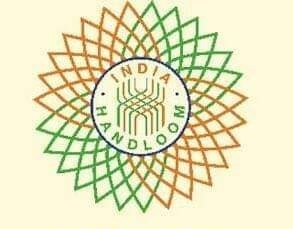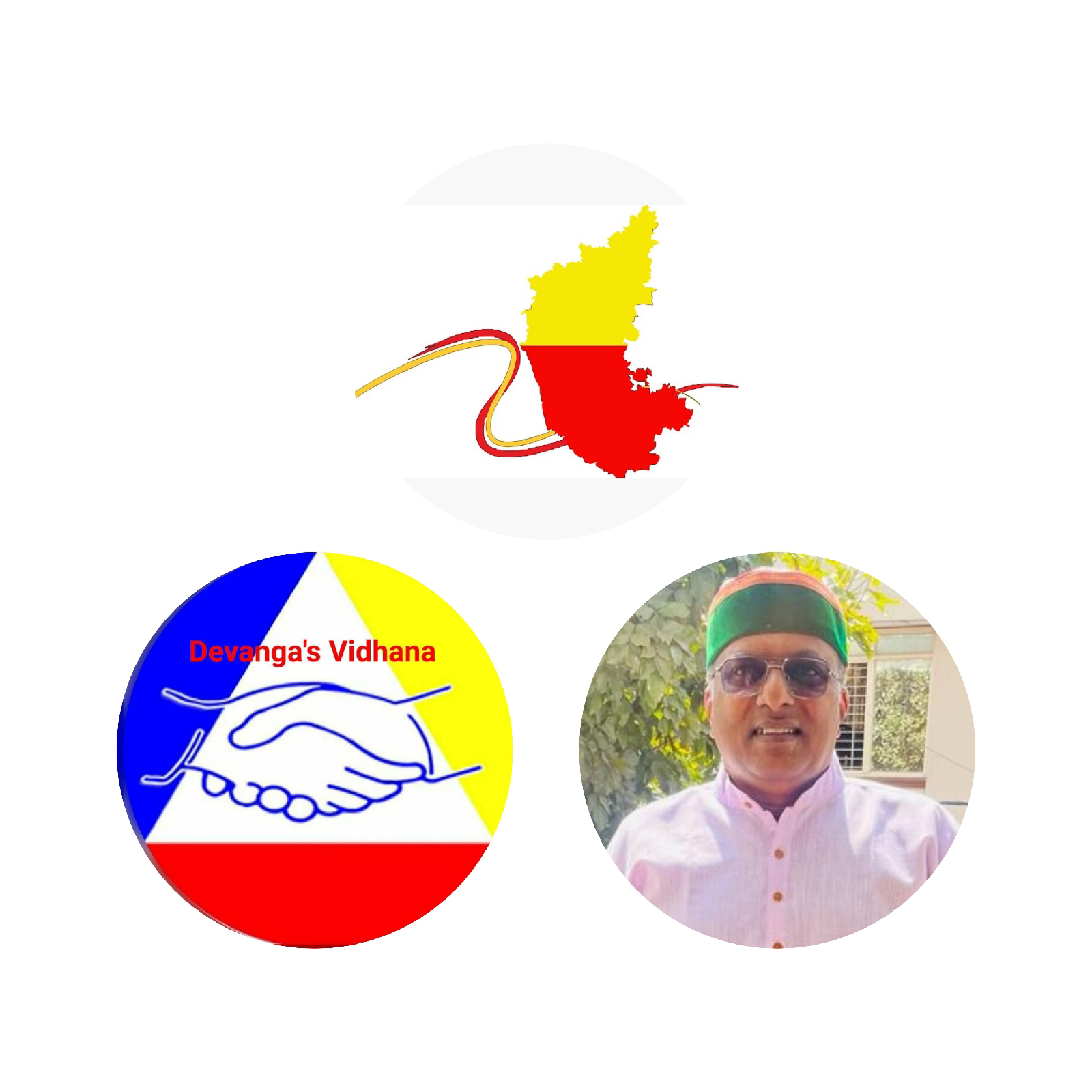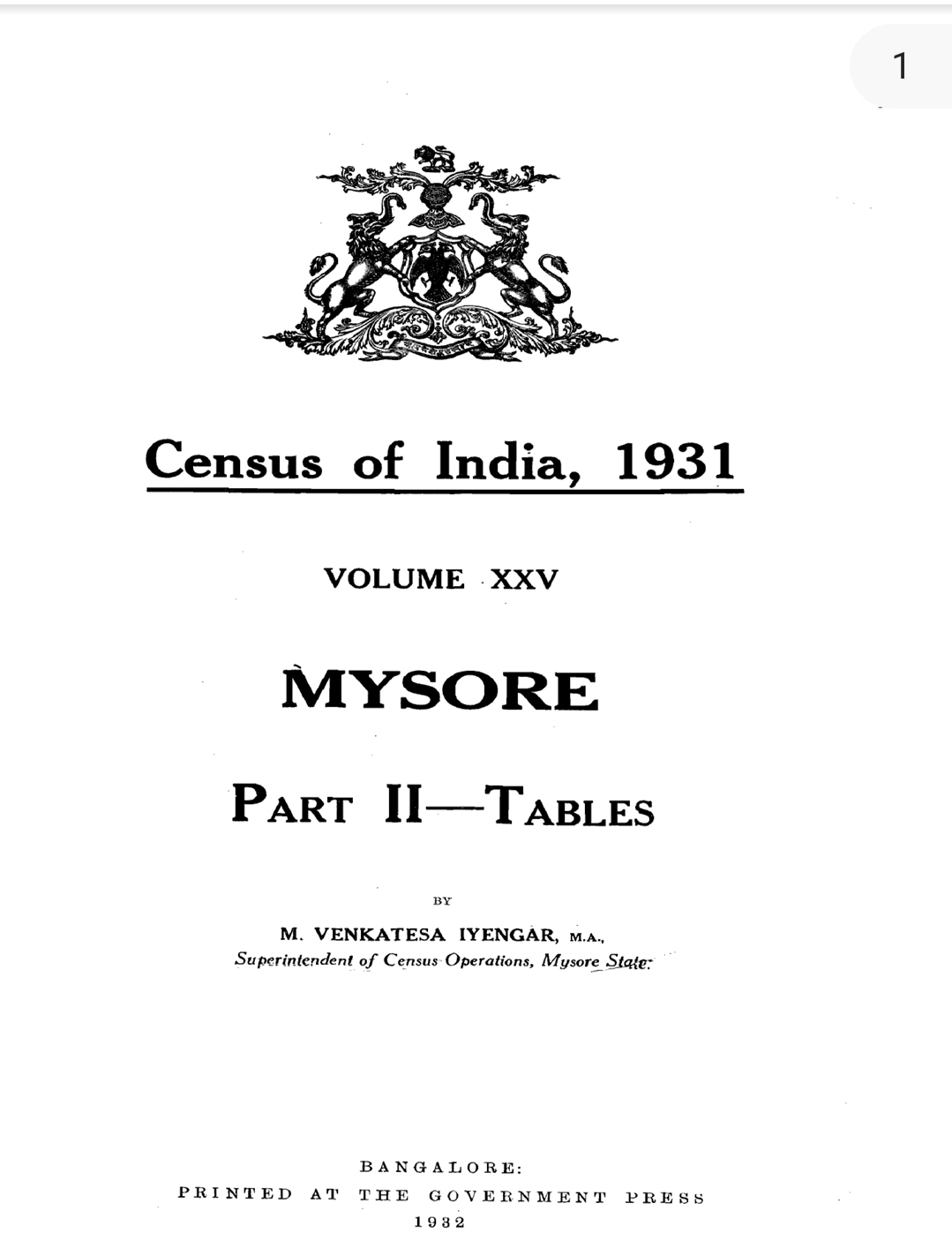How to Revive a Handloom Cluster: Its Challenges and Trajectories.
Karnataka Chapter.
From the intricate Ilkal sarees, to the vibrant Molkalmuru weaves, these clusters reflect the state's history, craftsmanship, and traditions.
However, like many other handloom hubs across the country, handloom clusters face challenges such as dwindling demand, competition from mechanized textiles, and a declining weavers and artisan base.
Reviving these clusters requires a holistic approach that addresses economic, social, and cultural dimensions.
1.Challenges Faced by Handloom Clusters:
Competition from Machine-made Fabrics.
Decline in weavers and artisans Numbers.
Inadequate Marketing.
Limited Access to Technology.
Raw Material Cost and Procurement Challenges.
2.Strategies for Revival:
Capacity Building and Skill Development.
Market Access and Branding.
Organizing handloom fairs and exhibitions in the district.
Partnering with e-commerce platforms to reach a wider audience.
Establishing a Geographical Indication (GI) tag for specific clusters to highlight their uniqueness.
3.Government Support and Policy Interventions:
Enhancing financial aid through subsidies, low-interest loans, and insurance schemes.
Promoting handloom products through public procurement, such as uniforms for schools and government institutions.
Introducing policies that incentivize private investment in handloom clusters.
4.Sustainable Practices:
Encouraging the use of organic and eco-friendly raw materials can cater to the growing demand for sustainable fashion. Additionally, introducing solar-powered looms can reduce production costs and improve efficiency.
5.Digital Transformation:
Online marketing and social media campaigns to create awareness and boost sales.
Digital training for weavers and artisans to manage e-commerce platforms.
Transparent Record System technology to ensure transparency and authenticity in the supply chain.
6.Local community involvements:
Strengthening community participation is crucial for the long-term sustainability of handloom clusters. Encouraging local entrepreneurship and forming self-help groups (SHGs) can create a sense of ownership among weavers.
7.Case Studies of other Handloom Clusters:
Pochampally cluster in Telangana.
Chanderi cluster in Madhya Pradesh.
Their success lies in integrated approaches combining government support, private partnerships, and active community involvement. Our handloom clusters can adopt similar models tailored to their unique needs.
Reviving handloom clusters is not just about preserving a craft; it is about safeguarding livelihoods, cultural heritage, and sustainable practices. With targeted interventions and collaborative efforts from stakeholders.
"Coming together is a beginning, staying together is progress, and working together is success."





Comments
Post a Comment